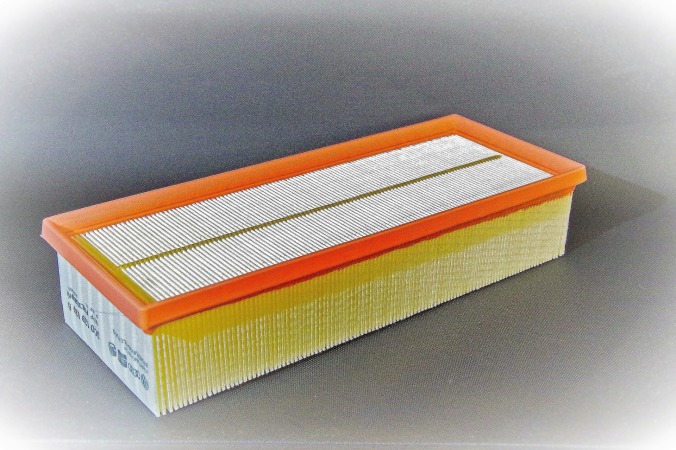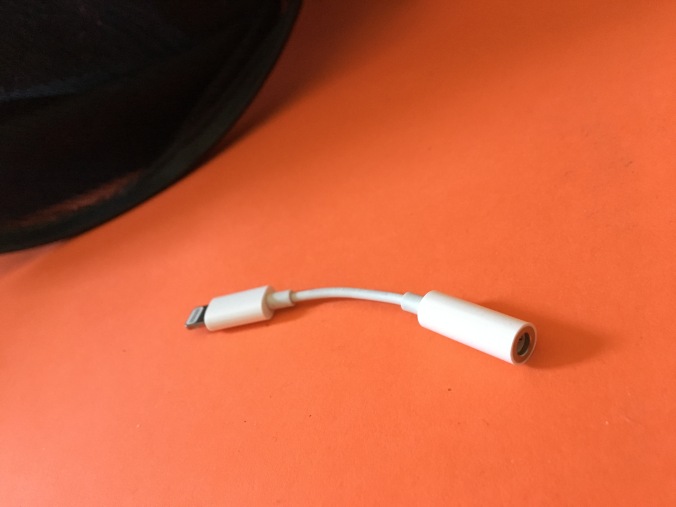
In this Series of How-To posts, we’ll be covering knowing when to do something, how to do something and our own hack to try at your own risk. A big thanks to Tire Kickers, our sponsor and consultants on all things mechanical. They can be found on Facebook, or check out their auto health & safety advice.
(Note: this is the best information we could gather from our research and consulting our automotive advisors, but at the end of the day, our purpose is to entertain and inform. Don’t let us shame you into taking on something if you don’t feel qualified to do it. Trust your gut.)
Know When
Most cars have two filters these days—one for the engine and another to clean cabin air inside the car.
The one for the engine needs changing about every 6 months unless your owner’s manual suggests less often. That keeps your peak fuel economy. This can seem expensive or obnoxious because if you have a service change your oil they’ll generally ask if you want your air filter changed also. They often want a good bit of money to do that.
There’s a big difference in the difficulty of changing your oil and changing your car air filter. Most car air filters aren’t hard to get to. No need for a pit or lift so no getting on the ground to shimmy under your car with a special wrench and trying to torque the thing off without barking your knuckles on the concrete of your driveway, and then spilling oil on yourself etc. Your car air filter is generally on top of the engine somewhere. Five minutes of searching your owner’s manual should show you how to do it yourself. You can find new filters at any auto parts store and often install it with your bare hands.
Another reason you might want to pay to have your oil changed is, depending on where you live, there are special regulations about how to dispose of old oil. By the time you pay for new oil and proper disposal of the old oil, you might not be saving any money at all doing it yourself. Air filters, on the other hand, you can install even if you live in an apartment complex without a garage. The trick here is to be very deliberate about hooking up anything you unhook to access your car air filter. Don’t lose track of vacuum hoses, or nuts or clamps. Reverse your tracks and put things back where you found them.
Cabin air filters on the other hand, vary from car maker to car maker. Some car designers hide those things in crazy places and it could be worth letting someone do it. Another reason it’s okay to let someone else do it is that you don’t have to do it as often. Assuming you don’t have allergies you can get away with changing that filter when you notice it’s not working well. Some will argue that it runs the AC motors harder if its clogged up which could burn gas and wear out your AC system. That’s a fair point, so you should probably have checked annually and use good judgment.
Know How:
Each car can be a little different so consult your owners manual.
EDC/Hack:
Don’t tell anyone we told you this, but all sorts of crud will float into your filters that can make an impact on performance but not actually mean the filters bad. Check the car air filter monthly, and look for leaves or hair that might be caught up in it. Sometimes you can pick it off with your fingers or knock it against your palm and dislodge a problem. You’ll still need to replace it every 6 months, but you can keep it running its best until it needs replacing. If you’ve had a forest fire or volcanic eruption nearby, that’s creating a specific bad air quality issue, you can sometimes put pantyhose over the filter temporarily to pre-screen large particles so it doesn’t destroy your filter early.

